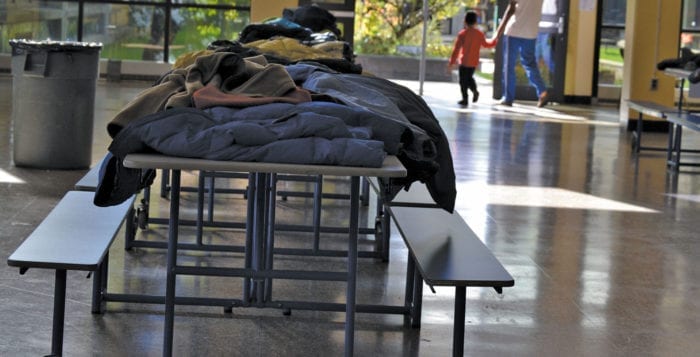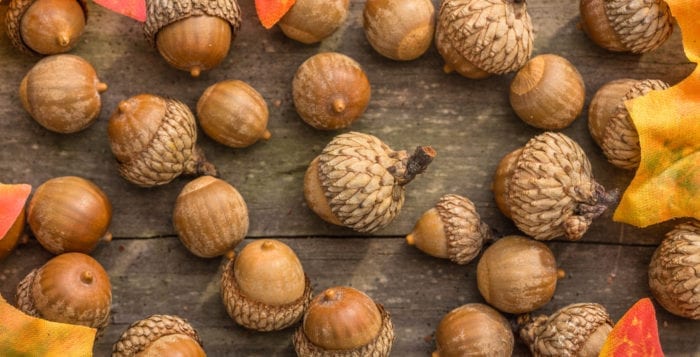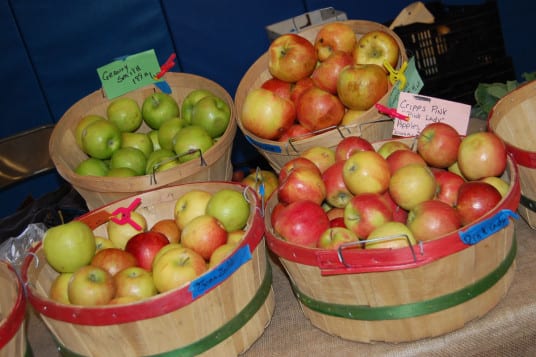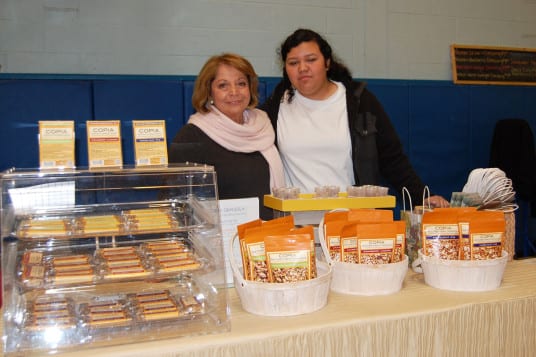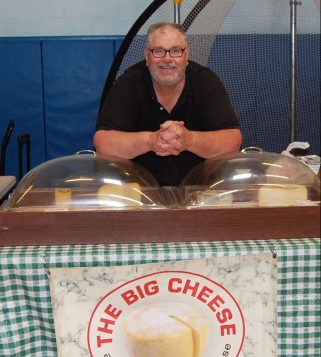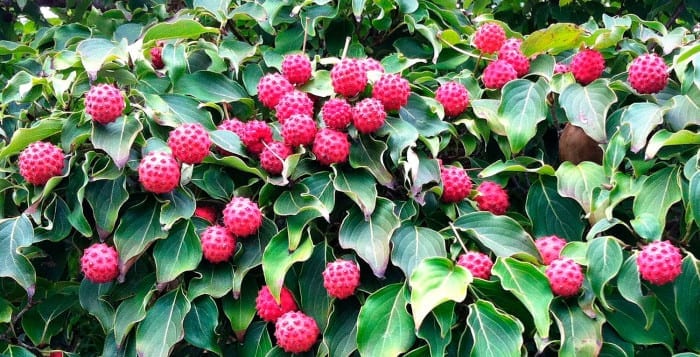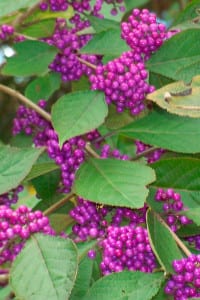As we forge ahead into 2018, there are a few charitable lessons from the holidays that we should carry with us through the year, especially this winter.
December is the single largest month of the year for giving, according to the 2016 Charitable Giving Report published by Blackbaud Institute for Philanthropic Impact. Based on information from thousands of nonprofits, the report found December is when more than 20 percent of all donations are made. It’s called the Season of Giving or The Most Wonderful Time of the Year in no small part because it’s when people are most likely to open their pockets or donate time to help others.
There are good Samaritans who have taken caring for others to heart. North Shore residents stopped to check in on an elderly or disabled neighbor during winter storm Grayson or even offered to help shovel out walkways and driveways.
Suffolk County Executive Steve Bellone (D) worked with one such individual, identified only as Ken from Ronkonkoma, who helped first responders dig out two motorists stranded on the side of the Long Island Expressway.
Last week, PSEG reported more than 16,500 of its customers lost power during the snowstorm. While more than 76 percent had it restored by 4:30 p.m. Jan. 4, according to PSEG, those individuals with electric heat were temporarily left in the cold.
Keeping the giving alive year-round can help make the cold, dreary winter brighter for less fortunate and needy families. It doesn’t cost anything but a few minutes to check in on neighbors to a make sure he or she is warm and OK. Better yet, lend a hand to help shovel a walkway or snow blow a path so he or she can safely get in and out of a home in case of an emergency.
Families struggling to make ends meet can get assistance in paying for electricity or home heating fuel. Suffolk County’s Home Energy Assistance Program started accepting applications Jan. 2 at 631-853-8820 for families in need of one-time assistance. The nonprofit United Way has opened applications for its Project Warmth, a program that offers a one-time grant for families struggling to pay heating bills. Project Warmth can be contacted by its 211 hotline or by calling 888-774-7633 seven days a week from 9 a.m. to 5 p.m.
Search through closets for gently used or new winter jackets, scarves, hats or gloves that can be donated to one of the many collection drives currently underway for residents in need of warm clothing. The Town of Brookhaven’s Youth Bureau is collecting donations starting Jan. 12 at town hall, the highway department and senior and recreation centers. Long Island Cares in Hauppauge also accepts donated coats. Many Salvation Army locations even accept appliance donations, like space heaters.
Just because the giving season is over does not mean that some of our neighbors are any less in need of assistance. Taking a few minutes to check in on others or point them to a service that offers assistance can help everyone get 2018 off to a positive start.

